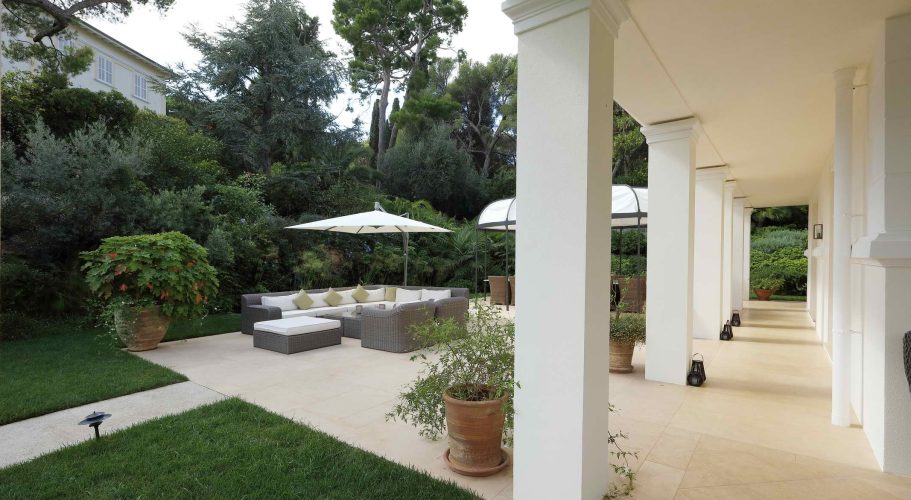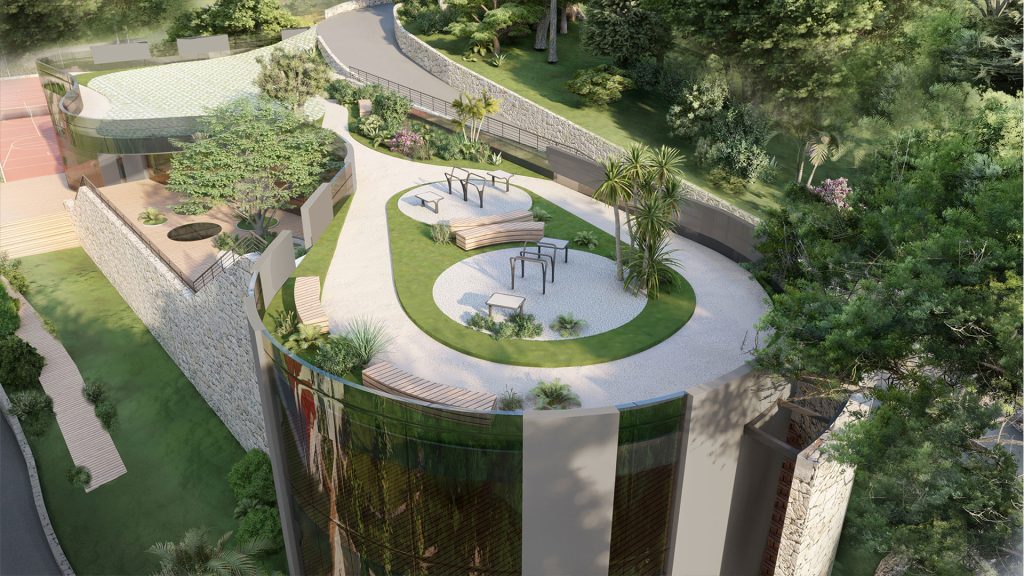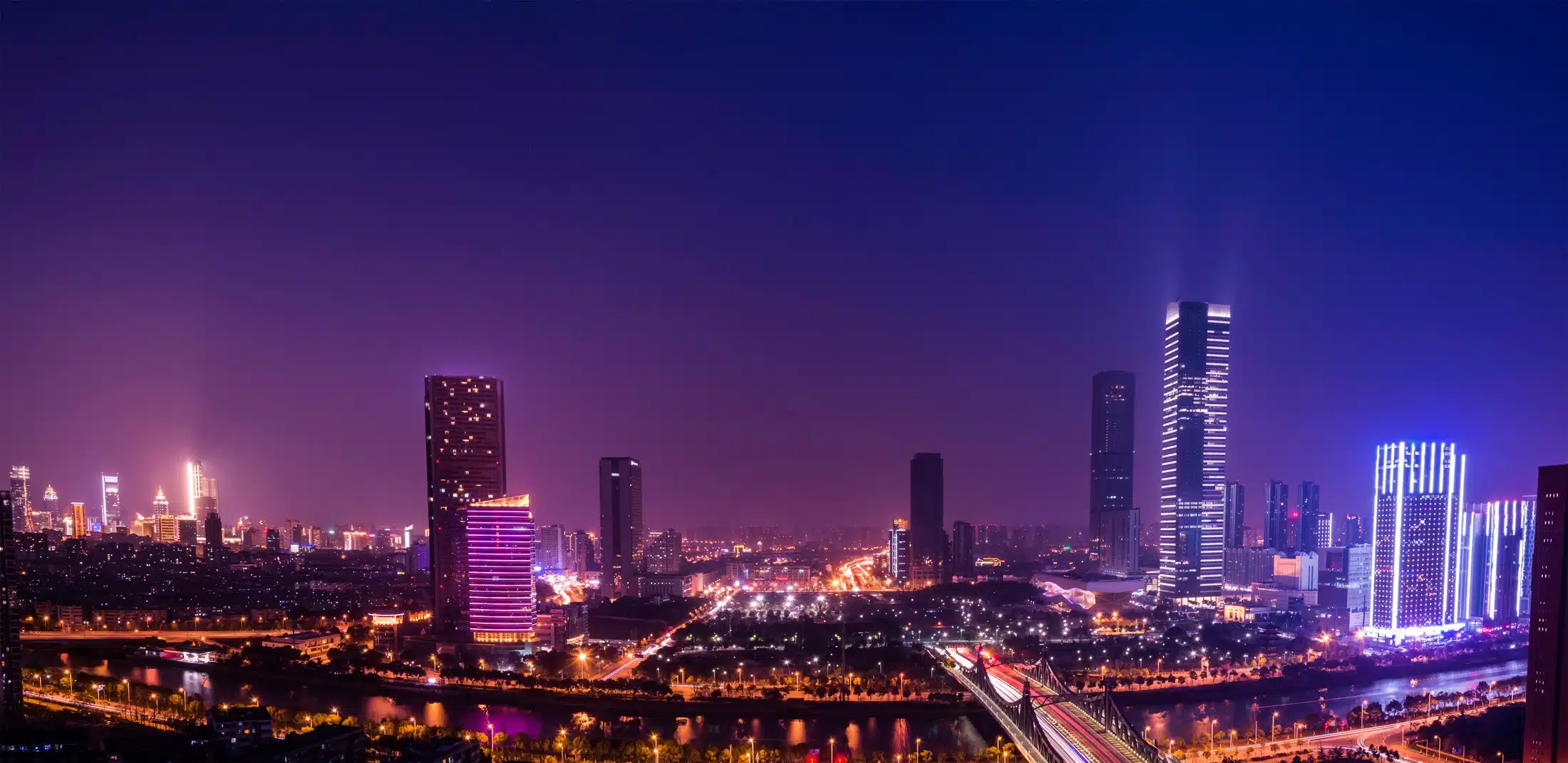
5 min read
Feel the calm wash over you as you step into a sunlit room, where greenery surrounds you and the soothing sound of water gently hums in the background. Welcome to the world of biophilic design – a transformative approach that blends the natural world with urban living, creating spaces that invigorate the senses and nurture well-being.In a world where concrete and glass dominate, biophilic design is rewriting the rules, infusing our cities with elements that enhance our well-being and reconnect us with nature. At JA Architecture, we’re dedicated to bringing this vision to life, emphasizing how integrating natural touches into our everyday environments can refresh and invigorate our urban experiences.
Defining Biophilic Design

Biophilic design is more than just a trend ; it’s a philosophy that reconnects us with nature by incorporating natural elements into our built environments. The term “biophilia,” coined by Edward O. Wilson in the 1980s, reflects our innate connection to the natural world. Historically, this concept dates back to ancient civilizations, where gardens, water features, and natural light played central roles in architectural design. Today, biophilic design seeks to revive these ancient practices with a modern twist, emphasizing the importance of nature in our urban lives.
Nature In Architecture

The essence of biophilic design lies in its ability to weave nature into every aspect of our spaces.
- Natural Light: Sunlight not only brightens a space but also regulates our circadian rhythms, improving sleep quality and overall mood.
- Greenery: Incorporating plants and green walls brings a touch of nature indoors, enhancing air quality and creating a calming environment.
- Water Features: Fountains and streams add soothing sounds and a sense of tranquility, promoting relaxation and reducing stress.
- Natural Materials: Using wood, stone, and other organic materials helps create a warm, inviting atmosphere that connects us to the earth.
Health Benefits : Physical And Mental Boosts
Biophilic design does more than just beautify a space; it has tangible benefits for both physical and mental health. Research shows that exposure to natural light and greenery can reduce stress levels, improve cognitive function, and boost overall well-being. For instance, workplaces with biophilic elements report increased productivity and job satisfaction, while residential spaces with natural features promote relaxation and better sleep.
Biophilic Harmony In Mansion VF30

The Mansion VF30, crafted by JA Architecture, exemplifies biophilic design by harmonizing architecture with its lush surroundings. Nestled amidst olive trees, the property features a self-cleaning natural pool and integrates sustainable practices like energy-efficient insulation and heat pumps. These elements enhance both the ecological footprint and the serenity of the space, merging nature and luxury into a health-promoting, harmonious environment for its residents.
SJ10 Saint Jean Cap Ferrat

One of JA Architecture’s hallmark projects, Villa SJ10 in Saint Jean Cap Ferrat, exemplifies biophilic design. Incorporating lush green walls and abundant indoor plants, the project enhances indoor air quality and promotes a tranquil environment. Large windows ensure ample natural light, creating a harmonious blend between the indoor and outdoor spaces. This design not only elevates the aesthetic appeal but also significantly reduces stress and boosts productivity for the inhabitants. JA Architecture’s commitment to integrating nature into living spaces underscores their dedication to enhancing well-being through innovative design.
Urban Spaces Around The World Showcase The Transformative Power Of Biophilic Design
- The High Line, New York City : This elevated park seamlessly integrates greenery into an urban setting, offering a peaceful retreat from the city’s hustle.
- The Eden Project, Cornwall : The Eden Project is a global garden, educational charity and social enterprise. Embark on a journey at the Outdoor Gardens, where wild landscapes are placed side by side with Europe’s largest collection of useful plants – from food crops to medicines.Known for its biomes filled with diverse plant species, this project demonstrates how biophilic design can create immersive natural experiences.
- Bosco Verticale, Milan : These vertical forests consist of residential towers adorned with extensive plant life, addressing air quality and providing residents with a green oasis.
Innovations and Future Growth

The future of biophilic design is illuminated with unprecedented possibilities. Innovative advancements such as adaptive green walls, state-of-the-art water purification systems, and dynamic natural light controls are redefining the integration of nature within our urban environments. These technologies are expanding the potential for biophilic design, making it increasingly responsive and impactful.Joe Aoun’s practice at JA Architecture stands at the vanguard of this transformation. This approach demonstrates that luxury and sustainability can harmoniously coexist. As we advance into a more nature-integrated era, JA Architecture’s vision highlights a future where urban spaces not only embrace but celebrate the vitality of the natural world. Evolution is both elegant and essential – ushering in a new age where architecture and nature converge in perfect synergy.

